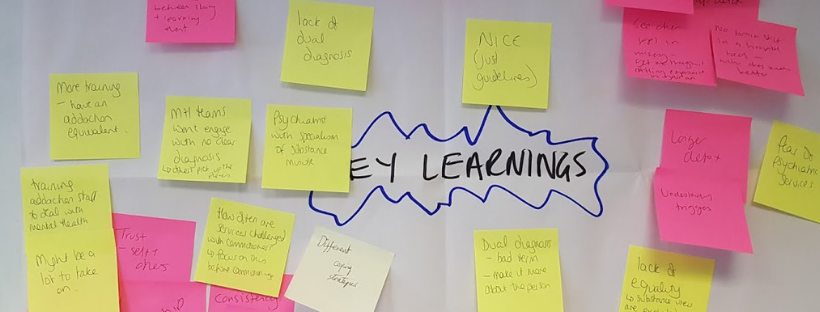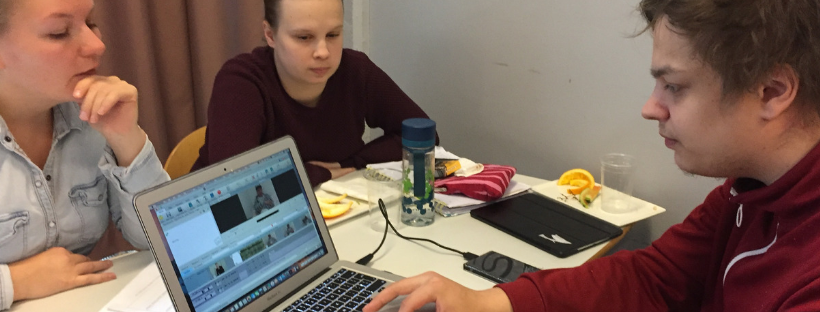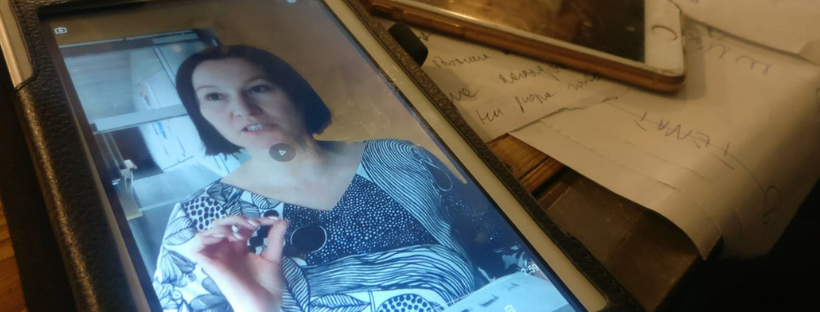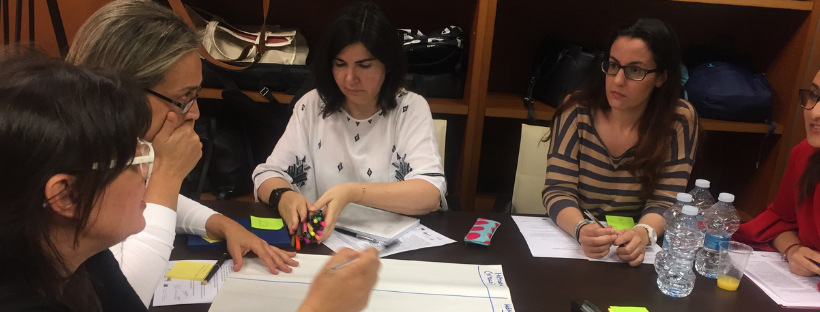This is our fifth blog in a series about how Community Reporting has been used as a tool for co-creation in the CoSIE project. In this final blog post, we wanted to share with you some of the impacts that we have had through applying Community Reporting in nine different public services across Europe…
During the CoSIE project a number impacts have been identified and we have divided these into three categories:
- Individual (ideologies and behaviours):e.g. a person could change their perception of a topic; a professional could change their practice.
- Organisational (delivery and spaces):e.g. an organisation may change the ways it does things; a service or space could be re-designed, re-purposed or co-created from scratch.
- Systemic (society and culture):e.g. a policy could change or be introduced; practice could change across a whole sector; social norms may change.
If we first look at the impact Community Reporting has had at an individual level, we can see that it has enabled people to develop digital and other transferable skills (i.e. active listening). More so, the concept of using stories for social change purposes has galvanised residents of specific estates and villages (specifically in relation to the Polish and Hungarian pilots) to see themselves as active actors in local change-making processes. Additionally, the insights in some of the stories have changed people’s actions. For example, in the UK pilot a probation worker, upon listening to the stories, decided to make more phone calls to his cases in between formal supervision sessions to make them feel more supported. It has also helped more voices – particularly those from groups who services usually find easy to ignore – to be heard. This has included unemployed people voicing their experiences of encounters with services in the Netherlands, disabled adults’ voices being used to frame the hackathons in Estonia, and young people on the edges of society using their stories to create more accurate personas aimed at influencing service design in Finland.
At an organisational level, we have also made some clear impact. The adoption of Community Reporting in the UK pilot – based in a probation service – completely shifted the organisation’s stance of digital media and the Internet. Initially, the probation service involved in the UK pilot was fearful of the use of digital media and the internet within the service but through the application of Community Reporting they have overcome these reservations as they have seen the benefits of its use in context. As one of the academic partners observed:
Community Reporting was [initially] not well understood – it is very different than social media but people in the staff thought that it was a way of using service user voice for entertainment in a shallow way. We think that, that understanding was based on a very deep-rooted fear in social media in the service of its service user being shamed and stigmatised.
However, the successfulness of the intervention has shifted this view and led to the pilot gathering the most stories in the project and booking in additional sessions to support the service’s workers’ and volunteers’ learning. Furthermore, they have installed a TV screen in the reception area that plays people’s stories about working for or accessing probation services. This represents an organisational shift in attitude towards this specific type of technology.
Additionally, the Community Reporter stories have had a direct influence on the delivery of a number of public services. For example, in Spain this led the pilot to move away from a standard business training programme into a more fluid mentoring and peer-learning model. In the Netherlands, this refocused their thinking and set a slightly different agenda (or theory of change) than the pilot had initially anticipated. In Italy, the insights from the families have directly informed the App’s design – shifting focus from a medical model way of thinking to a more social model. More so, through the staff involved in these services being trained in the methodology it means that the organisations now have another tool to use when working with citizens that can support their work in the future.
At a systemic level, the main impact has been in building communities and networks. For example, in Hungary, the participants have established their own closed Facebook group on which they are sharing their stories and using these to share information and knowledge between themselves. This has led to an online community being built. More so, in Poland, they actively engaged wider organisations associated with the emerging Local Activity Centres in the Community Reporting training. This indicates the potential for a city-wide network of organisations in Wroclaw using Community Reporting to better understand the needs of the communities that they serve.
Whilst there have been some indicators of wider impact, it is unsurprising that systemic impact is an area where little change has occurred. This is because this type of change and impact often takes longer to come into fruition and is usually influenced by interconnected, networked and incremental changes at individual and organisation levels. Furthermore, in the CoSIE project, Community Reporting has not necessarily been aimed at influencing the policy arena – which is a contributor to systemic change – and instead has been applied as a co-creation tool, which lends itself to the individual and organisation impact fields. It also provides different types of data (e.g. experiential knowledge) and understanding (e.g. empathy and non-silo thinking) than institutions are used to working with. It takes time for innovations like this to become less marginalised and more accepted in the mainstream. Essentially, Community Reporting seeks to re-humanise such processes and the services that they govern. This in itself is a paradigmatic shift in terms of how societal and governmental institutions operate, and cannot happen overnight. In short, the move to more relationally-driven rather than process-driven public services, beyond specific pilots and into national and pan-European standards, is a longer journey than the CoSIE project.
However, it is a journey that People’s Voice Media and the Community Reporter movement are committed to seeing through in the long term. In this vein, we will be hosting a series of online and offline policy-themed events over the next year, as well as producing a ‘practical guide’ to working with experiential knowledge in co-creative ways. In June, we are running an event to help us thing through what this guide will be – so if you’d like to join us to learn about our approach and also share your expertise and ideas, book your place here.
If you want to read the introductory blog in this series or the previous ones on how we’ve used Community Reporting as a tool for insight, as a tool for dialogue or as a tool for reflection, then click on the links.




